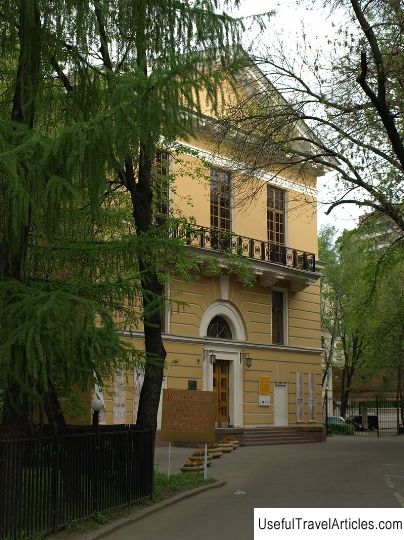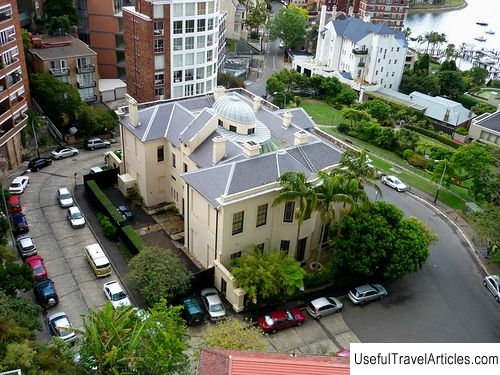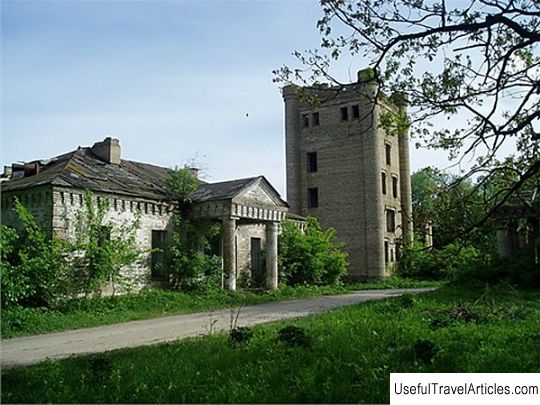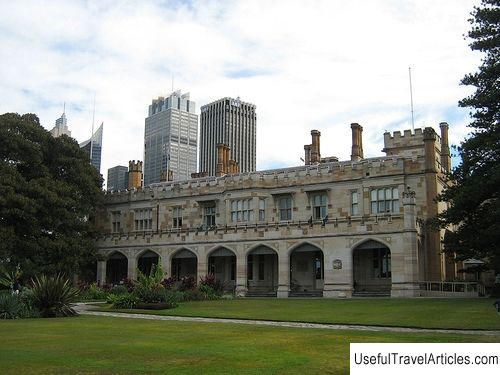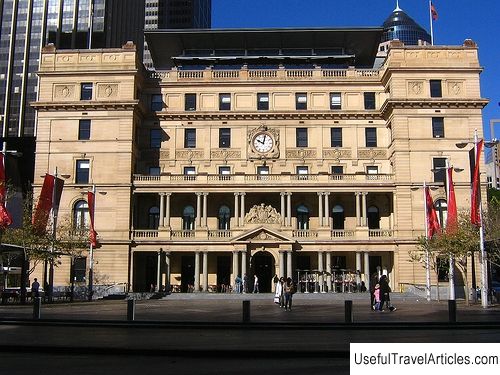Vaucluse House description and photos - Australia: Sydney
Rating: 8,7/10 (3905 votes) 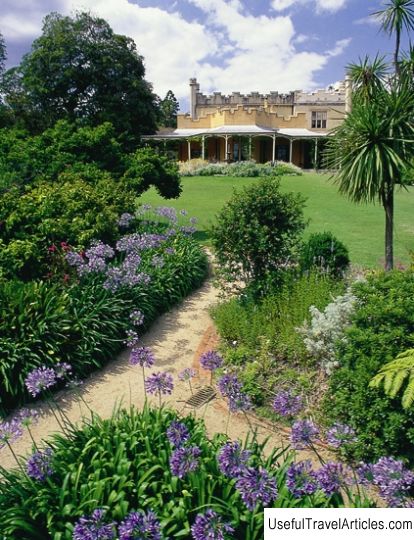
Vaucluse House description and photos - Australia: Sydney. Detailed information about the attraction. Description, photographs and a map showing the nearest significant objects. The name in English is Vaucluse House. Photo and descriptionThe Vaucluse Manor is a historic neo-Gothic estate in the Sydney suburb of Vaucluse. Interestingly, in this case, it was not the house that got its name from the name of the district, but on the contrary - the district began to be called that after the estate. The Vaucluse estate, built in the 19th century, consists of the house itself, a kitchen outbuilding, stables and auxiliary outbuildings. An English garden is spread around the buildings on 9 hectares. Today the manor is a museum open to the public. The manor itself was built by Sir Henry Brown Hayes, who in 1802 was exiled to the colony of New South Wales for kidnapping the daughter of a wealthy Irish banker. The governor of the colony considered Hayes "troublesome" and wanted to get rid of him as soon as possible. So in 1803, the exiled received permission to purchase land and a house 3 km from Sydney. An ardent admirer of the 14th century poet Francesco Petrarch Hayes named his estate after his "Fountain of Vaucluse", a famous spring near the town of Lille-sur-la-Sorgue, which is today in the department of Vaucluse in France. Hayes built a small but very nice house and several utility rooms. Several thousand fruit trees were planted on 20 hectares of land, none of which, unfortunately, survived to this day. The newspapers described the estate as "a small but lovely farm." There is strong evidence that Hayes surrounded his estate with peat brought from Ireland to protect himself from snakes. In 1812 Hayes received a pardon from Governor Macwire and sailed to Ireland, where he lived the remaining 20 years of his life. The Vaucluse Manor changed hands for several years, until in 1827 it was acquired by William Charles Wentworth, researcher, journalist, lawyer, politician and successful entrepreneur. He expanded the property to 208 hectares and in 1828 moved into the house with his wife Sarah and children. Over the next 25 years, they carried out various repair and restoration work in the house and in the surrounding area. From one of their trips to England, the Wentworths brought back many works of art and furniture, which can still be seen in the house-museum today. William Wentworth himself was buried in a chapel near the house in which he spent so many years of his life. In 1911, the New South Wales government acquired 9 hectares of land, along with a house and an English garden, to turn the estate into a recreation park, but it was not until almost ten years later that the Vaucluse estate was opened to the public. Several times the estate wanted to be renamed - it was suggested to name it "House of Constitution", "House of Wentworth" and even "House of Wisteria". In the early 1980s, serious restoration work was carried out on the estate in order to recreate the original interiors. Today, Vaucluse Manor, one of the few 19th century buildings that has retained its original appearance, is listed as a National Treasure of the State of New South Wales.     We also recommend reading Theologos description and photos - Greece: Thassos Topic: Vaucluse House description and photos - Australia: Sydney. |
